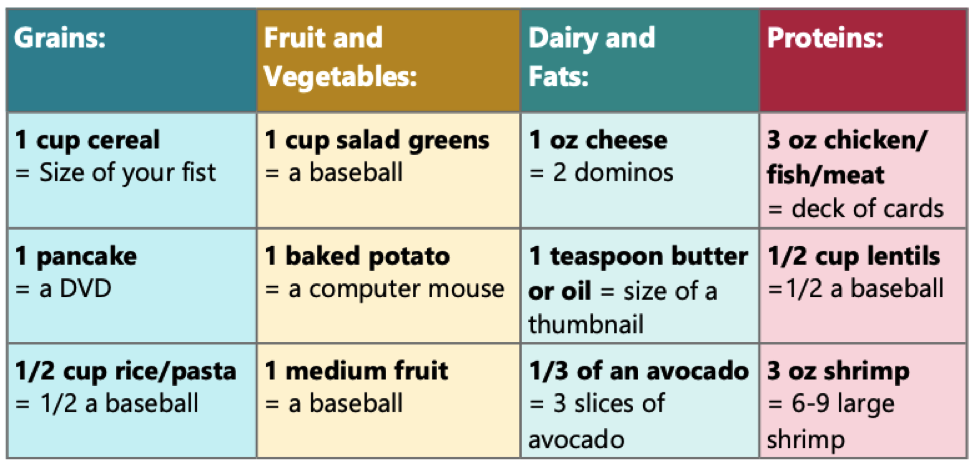Aging is a certain and natural part of life. Our lifestyle choices affect how well we age. It’s never too late to make changes that will promote a longer, healthier life.
Eat a well-balanced diet
Try these foods to help lower stress on the body:
- Fruits and vegetables
- Heart healthy oils (such as olive oil)
- Whole grains
- Plant-based proteins (such as beans, nuts, tofu)
Follow the Four Pillars of Successful Aging:
- Movement is medicine. Beware of the chair! Sitting too much means less oxygen gets to your brain. Your focus improves with movement. Try dancing for social, physical and emotional benefits.
- Social interaction is key. Build 5 or more deep connections with all age groups for coping and high functional aging.
- Keep your brain active. Learn new skills to keep your brain strong. Play a new instrument, try word puzzles, new games, or recipes.
- Find purpose with something that matters to you. Engage in spiritually fulfilling activities. Spend time in nature. Try listening to music, reading, faith, meditation, volunteering, or spend time with children and family.
How to make Sweet Potato “Nice Cream”
Ingredients:
- 1 cup frozen cubed sweet potatoes
- 2 frozen sliced bananas
- 1 teaspoon cinnamon
- 1 tablespoon cocoa
- 1 teaspoon vanilla extract
- 2-3 tablespoons almond milk
- Optional toppings: shredded coconut, almond slices, honey
To prepare:
- Add sweet potatoes, bananas, cinnamon, cocoa, and vanilla extract to blender.
- Blend until combined.
- Add almond milk until you get the desired texture (2-3 tablespoons should do)
- Optional: Top with shredded coconut, almond slices, or drizzle of honey.
Adapted from Healthline’s fuel-good anti-aging recipe and shopping list guide.

